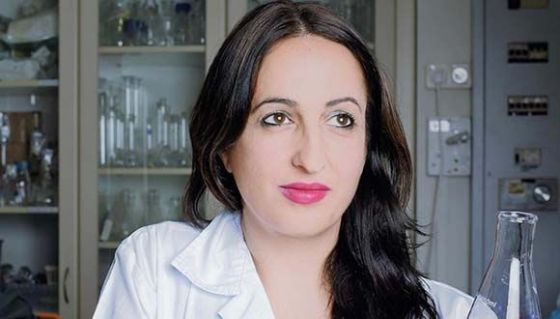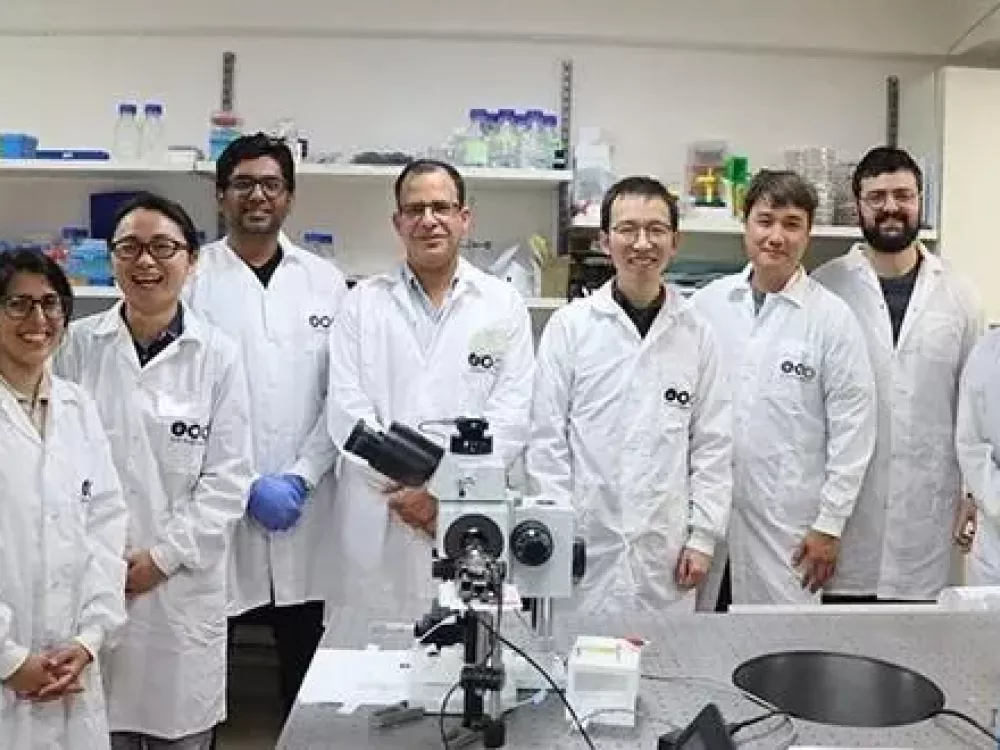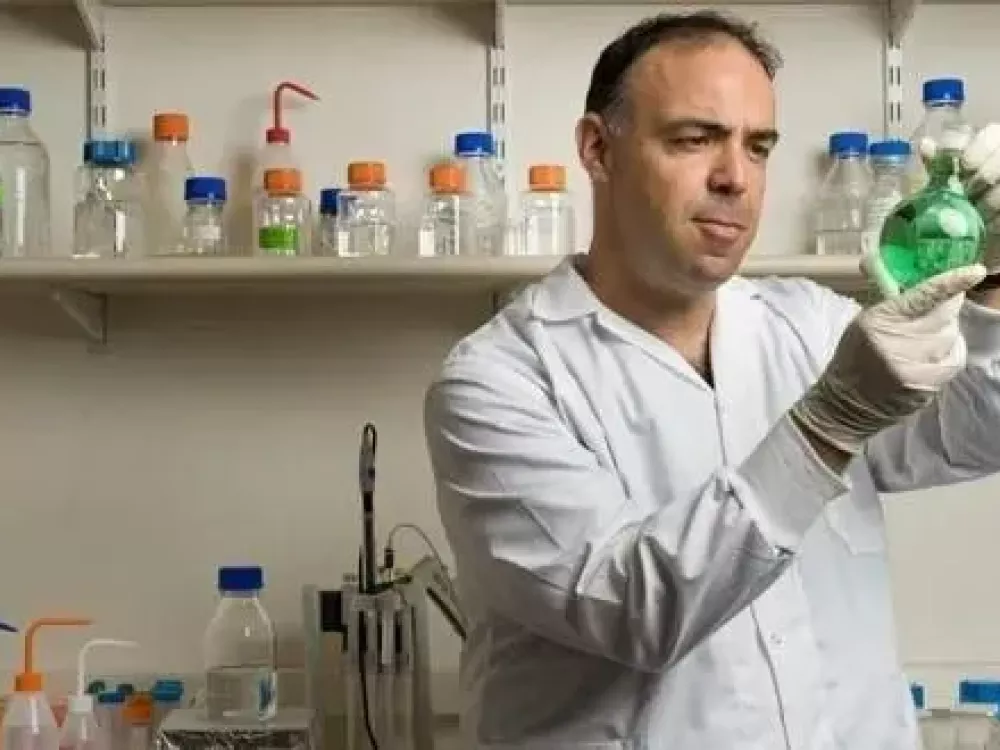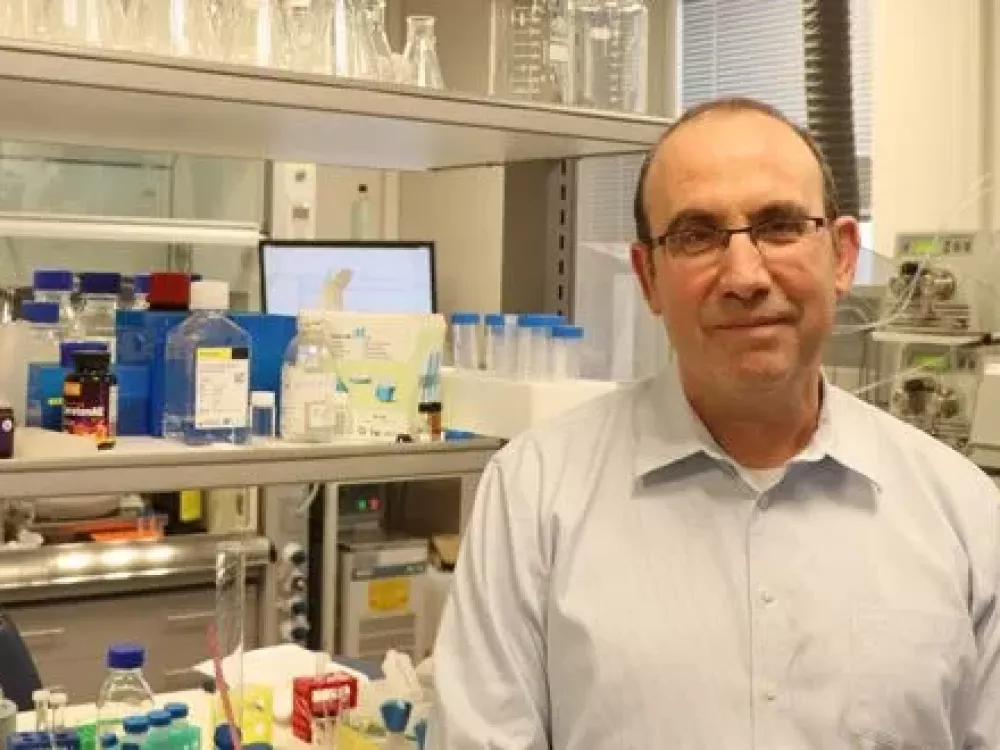
TAU Study Proves that Light Can Kill Coronavirus
Groundbreaking research finds UV-LED diodes efficiently and cheaply disinfect social spaces.
A revolution in disinfection? Researchers from Tel Aviv University have proven that the coronavirus can be killed efficiently, quickly and cheaply using ultraviolet (UV) light-emitting diodes (UV-LEDs). This is the first study in the world conducted on the disinfection efficiency of a virus from the family of coronaviruses using UV-LED irradiation at different wavelengths or frequencies. The study was led by Prof. Hadas Mamane, Head of the Environmental Engineering Program at the School of Mechnical Engineering, Iby and Aladar Fleischman Faculty of Engineering, and was conducted in collaboration with Prof. Yoram Gerchman of Oranim College, Dr. Michal Mandelboim, the Director of the National Center for Influenza and Respiratory Viruses at Sheba Medical Center at Tel HaShomer, and Nehemya Friedman from Tel Hashomer. The article was published in the Journal of Photochemistry and Photobiology B: Biology.
In the study, the researchers tested the optimal wavelength for killing the coronavirus, and found that a length of 285 nanometers was almost as efficient in disinfecting the virus as a wavelength of 265 nanometers, requiring less than half a minute to destroy more than 99.9% of the coronaviruses. This result is significant because the cost of 285 nm LED bulbs is much lower than that of 265 nm bulbs, and the former are also more readily available. Eventually, as the science develops, the industry will be able to make the necessary adjustments and install the bulbs in robotic systems, or air conditioning, vacuum, and water systems, and thereby be able to efficiently disinfect large surfaces and spaces. Prof. Mamane believes that the technology will be available for use in the near future.
“The entire world is currently looking for effective solutions to disinfect the coronavirus,” says Prof. Mamane. “The problem is that in order to disinfect a bus, train, sports hall or plane by chemical spraying, you need physical manpower, and in order for the spraying to be effective, you have to give the chemical time to act on the surface. We know, for example, that medical staff do not have time to manually disinfect, say, computer keyboards and other surfaces in hospitals – and the result is infection and quarantine. The disinfection systems based on LED bulbs, however, can be installed in the ventilation system and air conditioner, for example, and sterilize the air sucked in and then emitted into the room.”
“We discovered that it is quite simple to kill the coronavirus using LED bulbs that radiate ultraviolet light,” explains Prof. Mamane. “But no less important, we killed the viruses using cheaper and more readily available LED bulbs, which consume little energy and do not contain mercury like regular bulbs. Our research has commercial and societal implications, given the possibility of using such LED bulbs in all areas of our lives, safely and quickly. Of course, as always when it comes to ultraviolet radiation, it is important to make it clear to people that it is dangerous to try to use this method to disinfect surfaces inside homes. You need to know how to design these systems and how to work with them so that you are not directly exposed to the light.”
Ultraviolet radiation is a common method of killing bacteria and viruses, and most of us are familiar with such disinfecting bulbs from their use in water purifiers, such as Tami4. UV radiation mainly damages nucleic acids. Last year, a team of researchers led by Prof. Mamane and Prof. Gerchman patented a combination of different UV frequencies that cause dual-system damage to the genetic load and proteins of bacteria and viruses, from which they cannot recover-which is a key factor that is ignored.“ In the future, we will want to test our unique combination of integrated damage mechanisms and more ideas we recently developed on combined efficient direct and indirect damage to bacteria and viruses on different surfaces, air and water.”
Featured image: Prof. Hadas Mamane
Related posts


Elevate Your Future with TAU’s Pioneering MSc Programs in Engineering

Breaking the Mould – From Rabbinical Studies in South Africa to Postdoctoral Fellow at Tel Aviv University’s School of Mechanical Engineering.


Tiny Robot Navigates in Physiological Environment and Captures Targeted Damaged Cells

Prof. Dan Peer Appointed as Member of the Prestigious American National Academy of Engineering

First Satellite Observatory for Quantum Optical Communication in Israel

